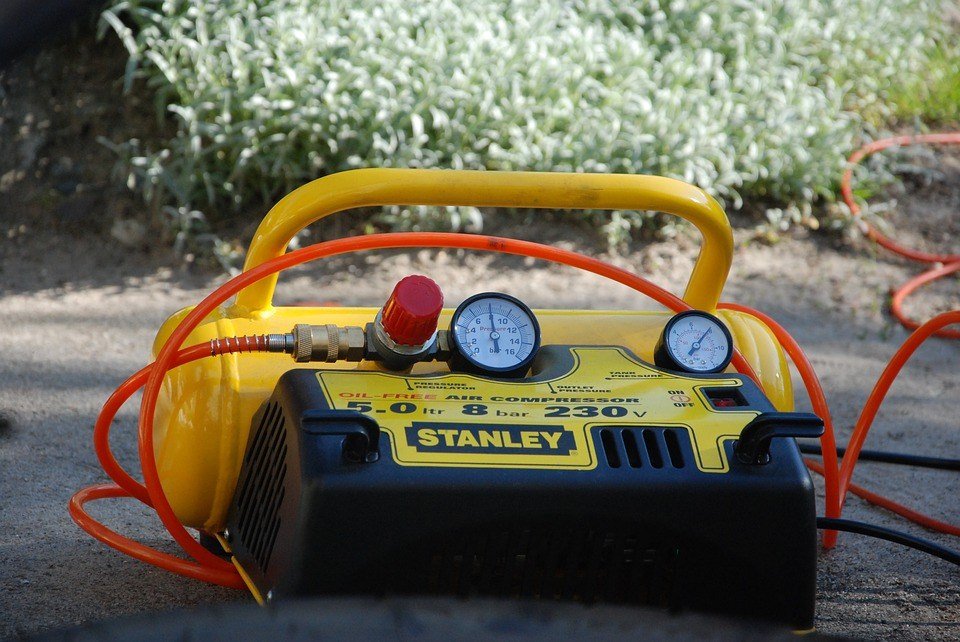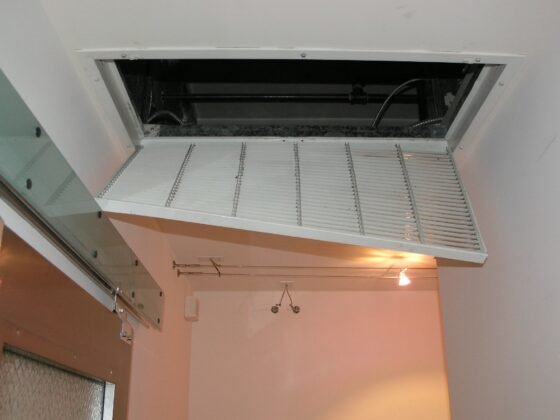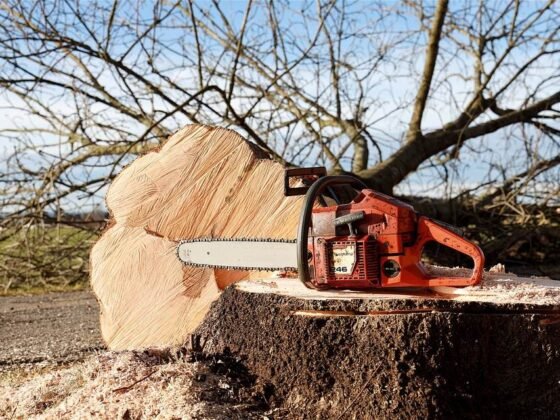Table of Contents Show
Whether you are a hobbyist or a professional contractor, you would hardly find another machine that powers your tools the way an air compressor does.
If you go to the hardware store and ask for an air compressor, you will be led to an entire section.
There are so many types of compressors in the market, tailored for specific applications. Good luck, buying the one you really need!

Hold on! Did this just make you want to put off the purchase for another day? Don’t worry. Buying an air compressor for the first time isn’t that tough.
Just consider these things before you head out to the hardware store.
Read Also:
Purpose
The choice of air compressor will depend predominantly on which tools you wish to power. The air compressor can have many unexpected applications too.
Based on their application, air compressors can be of three types:
- Consumer-grade air compressors are useful for home improvement projects and low-load tools like staples.
- Professional-grade air compressors allow more pressure and power suitable professional projects like painting and sanding done at an automobile workshop.
- Industrial-grade air compressors are used mostly in manufacturing units or construction sites.
Power Source
Air compressors can be powered with gas or electricity. Electric air compressors for household use require around 110-120 volts of power. Electricity is of course, environment-friendly and convenient for use indoors.
But if you need to be working outside and without a power socket, you should consider the gas-powered air compressors.
Air Pressure
You need to know how much air pressure you’d want the compressor to create. For craft and hobby tools, a pressure of about 100 PSI (pounds per square inch) is required. You can go for a single-stage compressor that attains this level of pressure in one go.
Since industrial applications require a much higher pressure (about 175 PSI) it would be appropriate to use a two-stage air compressor for such purposes.
Portability
Portable air compressors are compact or have a wheel design. These are ideal for professional and household applications. If you are buying a portable air compressor, you may have to compromise a little on the power yield.
Performance
Machine tools are often marketed with exaggerated ratings for horsepower. Therefore, more horsepower doesn’t necessarily mean that the air compressor yields more compressed air.
CFM (cubic feet per minute) is a more definitive measure of performance. It determines the actual air volume released while using the machine.
Tank
Although the size of a compressor tank is not necessarily a determining factor while making a purchase. Since the compressor will be creating air pressure at a certain rate while in use, you can easily make do with a smaller tank.
A large tank is suitable for a continuous supply of pressure, like for sanding tasks. The large tank will ensure that you wouldn’t need to start and stop the compressor often.
Reviews and Ratings
By now you may have narrowed down on the kind of compressor you wish to buy. But there are at least a dozen commercial brands that make air compressors. Before you lock in on your final pick, make sure to refer consumer reviews for the product.
You can get some invaluable information regarding the after-sale support and warranties from publicly available feedback.
Check out the website Air Compressor Scout for quick information and reviews on the latest commercial air compressor models.
Consider a Hand-me-Down
A lot of times households and businesses outgrow the capacity of an air compressor otherwise in good condition. It may be a good option to check the used tools markets for good deals. Older models are just as effective as the new ones.
Be wise! Don’t just make the haul from a garage sale. You should check for the latest repairs done on the machine for assessing its working condition. Professional-grade air compressors are often well maintained by their owner with regular repairs.









